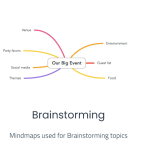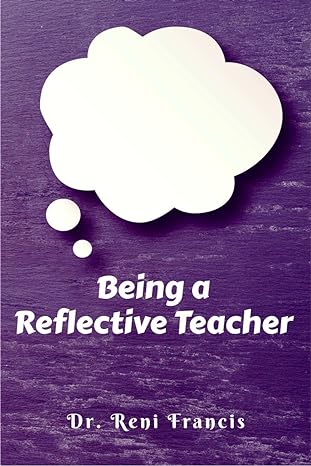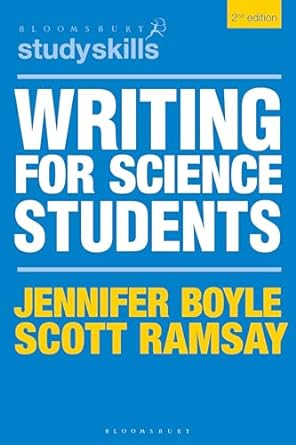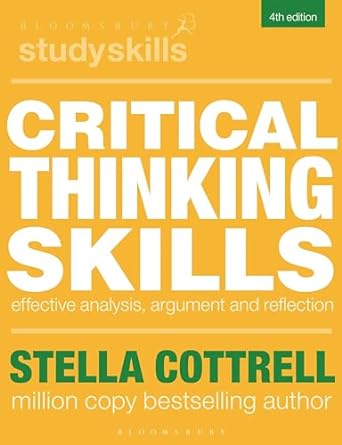Explore, Learn, Achieve: Your Physics Journey Starts Here
Physics often presents challenges for students, especially in solving numerical problems. Many resort to what’s known as the “Dead Leaf Model,” where they apply memorized formulas without fully understanding the underlying concepts. Consider the formula for gravitational force (F = G * m1 * m2 / R^2), which is ideally applicable for point objects, where R represents the distance between their centers.
For instance, if a student uses this formula to calculate the gravitational force between two spherical planets each with a radius R, they should first recognize that the formula assumes point objects. Therefore, if the planets are close enough that their physical sizes must be considered, the correct approach would involve modifying the calculation to include the planets’ dimensions. If the given distance R is between the surfaces of the planets, the actual distance for the formula should be 3R (R from each planet’s radius plus R, the initial given distance). Despite correctly computing the force, failing to adjust for the planets’ radii demonstrates a lack of understanding about how mass and distance influence gravitational force and the conditions under which the formula is accurately applied. This indicates a superficial grasp of key physics concepts.
This approach is a problem because it hides deeper learning issues. This is an example of “Dark Data” in education, which refers to the hidden insights about students’ learning processes that are not captured through conventional assessments.
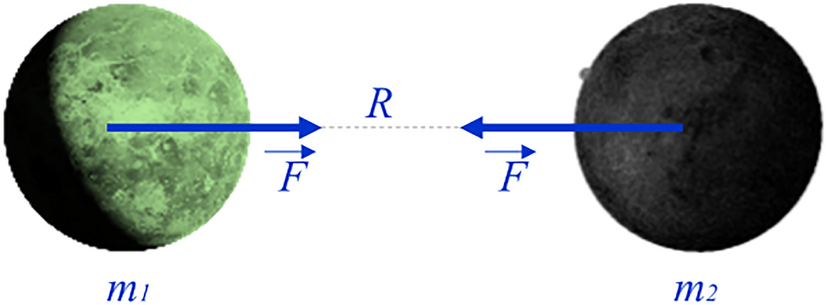
Strategies to Extract Dark Data with Rubrics and Examples
Of the various methods available to identify dark data in understanding a student’s learning outcomes, today I will focus on one specific method: reflective essays. Each day, I will explore a different method or strategy to uncover hidden insights in how students learn and understand concepts, complete with practical examples. Stay tuned as we delve into these powerful educational tools to enhance our teaching and improve student outcomes.
Reflective Essays:
A reflective essay is a paragraph written by students, and then analyze their own understanding and approach to solve a specific physics problem—in this case, the calculation of gravitational force between two planets. This type of essay requires students to reflect on their thought process, understanding of the concepts, and the mistakes they might have made, such as the error in calculating the distance between the planets as 𝑅 instead of 3𝑅.
Students are asked to:
- Explain the steps they took to solve the problem.
- Identify any errors in their approach (like the incorrect application of the formula for gravitational force) and reflect on why those errors occurred.
- Discuss the correct concepts and principles that should have been applied.
- Explore their understanding of the broader physical laws related to the problem.
By writing reflective essays, students develop a better grasp of physics concepts, learn from their mistakes, and potentially uncover deeper misconceptions. This activity also helps teachers understand where students are struggling and what aspects of the curriculum may need more attention or a different approach to teaching.
Identification of Dark data from Reflective Essays:
Misunderstandings or Confusions: Note any inaccuracies or confusions about the gravitational formula, such as mixing up the radius of a planet with the distance between the planets.
Conceptual Gaps: Assess whether the student understands the underlying principles, like the inverse-square law, or if they simply memorize and apply formulas without grasping why they work that way.
Reflection on Errors: Evaluate how the student identifies and reflects on their errors—do they recognize their mistake in using 𝑅R instead of 3𝑅3R, and do they understand the impact of this error on their calculation?
Depth of Understanding: Look at the depth of the student’s explanation. Are they able to articulate why the distance should be 3𝑅3R and not 𝑅R, and can they connect this concept to broader physics principles?
Thus, Reflective essays are an effective tool for identifying dark data in students’ understanding of physics concepts. These essays require students to describe how they approached a physics problem, recognize errors in their calculations, and explain the correct principles that should have been applied. By analyzing their own work, students can uncover their misconceptions and deepen their understanding of the subject. This not only helps students clarify and consolidate their knowledge but also gives teachers insight into where students are struggling. This feedback is crucial for adjusting teaching methods and improving learning outcomes. As we continue to explore different strategies for extracting dark data, the role of reflective essays stands out as a practical and insightful approach. A few books that I personally recommend viewers to train students to write reflective essays are available at Amazon.
Disclaimer: Please note that this post includes affiliate links. This means that if you click on any of the images or links in this article and make a purchase, I may receive a commission at no extra cost to you. This helps support my blog and allows me to continue to provide valuable content. Thank you for your support!








